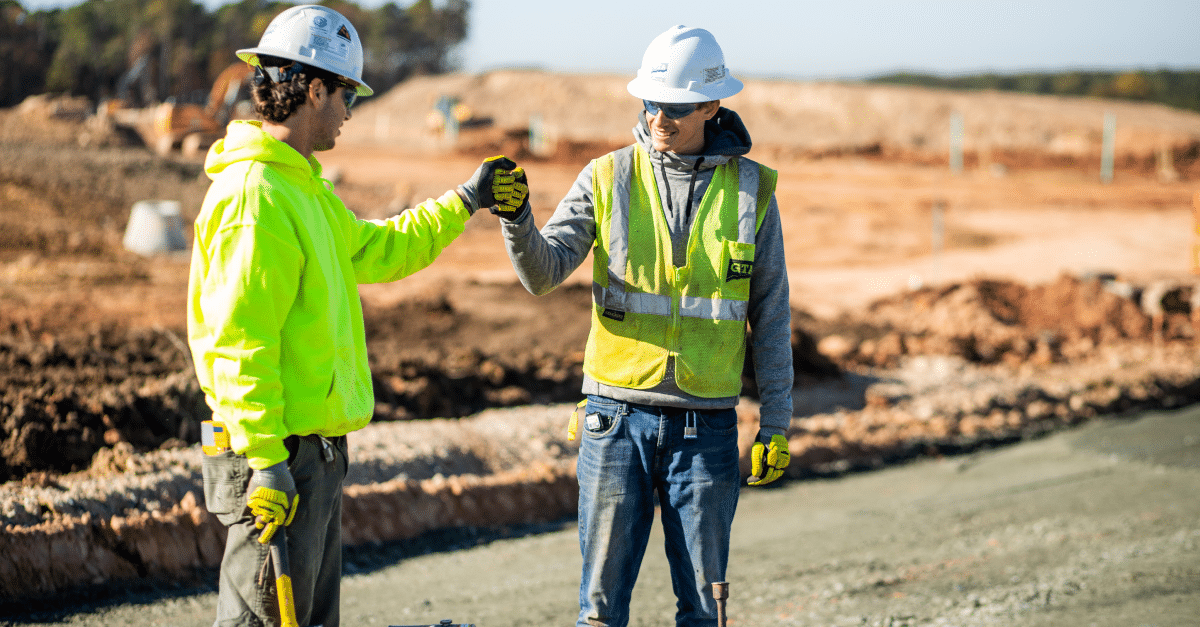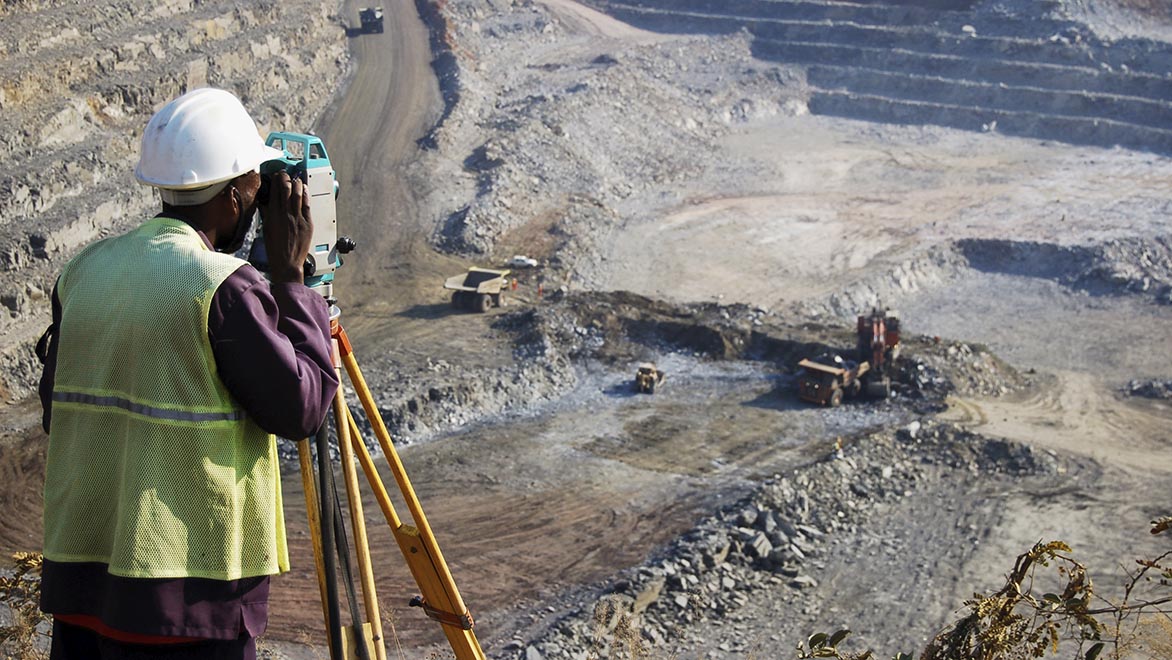Geotechnical Engineering For Construction Projects Things To Know Before You Get This
Geotechnical Engineering For Construction Projects Things To Know Before You Get This
Blog Article
Some Known Facts About Geotechnical Engineering For Construction Projects.
Table of ContentsSome Of Geotechnical Engineering For Construction ProjectsThe 30-Second Trick For Geotechnical Engineering For Construction ProjectsThe Single Strategy To Use For Geotechnical Engineering For Construction ProjectsThe Best Guide To Geotechnical Engineering For Construction ProjectsAll about Geotechnical Engineering For Construction ProjectsThe Of Geotechnical Engineering For Construction ProjectsNot known Factual Statements About Geotechnical Engineering For Construction Projects
Principles and Method of Ground Renovation. Ground Renovation Concepts And Applications In Asia. Style analysis in rock mechanics.Cengage Discovering, Stamford, 666 p. Atkinson, J., 2007. The mechanics of soils and foundations. Taylor & Francis, N.Y., 442 p. Floating Offshore Wind Generators: Feedbacks in a Sea state Pareto Optimal Designs and Economic Analysis, P. Sclavounos et al., October 2007. Nicholson, D, Tse, C and Dime, C. (1999 ). The Observational Technique in ground engineering principles and applications.
Indicators on Geotechnical Engineering For Construction Projects You Should Know
Lab and area screening plays an important function in this procedure. By drawing out samples from the earth's subsurface and applying a suite of tests, geotechnical engineers can forecast the behavior of soil layers and evaluate their viability for different construction efforts. The essence of geotechnical design in civil engineering can not be overemphasized, attributable to a number of variables: The preliminary action in any type of geotechnical research study involves establishing the soil type at the building and construction site.
Comprehending these attributes makes certain that just ideal soil types are picked for the development, thus preventing prospective structural failings. The foundation serves as the bedrock of any kind of building and construction task. Picking the ideal foundation type is a decision that pivots on the extensive evaluation offered by geotechnical design. This makes sure the longevity and stability of structures by accommodating the tons they will birth.

Geotechnical site investigation is an essential step in the planning and execution of any type of construction job. It includes the collection and analysis of data connected to the physical buildings of dirt and rock underneath a proposed construction website. This information is crucial for the design and construction of safe, stable, and lasting structures.
The Of Geotechnical Engineering For Construction Projects
In this blog, we will certainly look into the significance of geotechnical website examination, its different components, and just how it profits building and construction tasks. Geotechnical website examination, additionally recognized as subsurface expedition, includes a collection of tasks intended at establishing the dirt, rock, and groundwater problems at a building and construction website. The main purposes are to identify potential geotechnical hazards, examine the design homes of subsurface products, and offer referrals for the layout and construction of foundations, preserving walls, and various other frameworks.
The desk research study helps in recognizing prospective geotechnical issues and intending the succeeding fieldwork. This includes observing the topography, water drainage patterns, existing frameworks, plants, and any indications of instability or disintegration.
Not known Facts About Geotechnical Engineering For Construction Projects
Superficial examination pits are excavated to directly observe and example the soil and rock. This approach is beneficial for examining the top layers of the subsurface and identifying near-surface threats. Non-invasive geophysical techniques, such as seismic refraction, ground-penetrating radar (GPR), and electrical resistivity tomography (ERT), are used to map subsurface problems and spot abnormalities.
Soil and rock samples accumulated throughout the area investigation are subjected to research laboratory testing to identify their physical and mechanical buildings. These examinations give essential information for geotechnical evaluation and design.
The key advantage of geotechnical site investigation is guaranteeing the safety and security and security of frameworks. By understanding the subsurface conditions, designers can design structures and other architectural elements that can more withstand the loads and ecological pressures they will certainly go through. This decreases the risk of settlement, subsidence, and architectural failure.
The Geotechnical Engineering For Construction Projects Diaries
This makes certain reliable and secure construction methods. Geotechnical site investigations are usually needed by constructing codes and guidelines.
This info is invaluable for job supervisors, engineers, and contractors in establishing sensible schedules, spending plans, and backup strategies. Geotechnical Engineering for Construction Projects. High-Rise Structure in a Coastal AreaIn a seaside city, a high-rise household structure was planned on a site with suspected loose sand down payments and a high water table. An in-depth geotechnical investigation, including borehole boring, CPT, and geophysical surveys, was performed
Not known Facts About Geotechnical Engineering For Construction Projects
Based upon these searchings for, the structure style was modified to consist of deep stack structures prolonging right into secure strata, and ground enhancement methods, such as vibro-compaction, were implemented to alleviate liquefaction risks. This proactive approach made certain the safety and stability of the structure while staying clear of expensive post-construction remediation. Facilities Growth on a Sloping TerrainA major framework task, involving the building of a freeway and bridges, was intended on a sloping terrain with steep slopes.

The Leaning Tower of Pisa (Italy), a famous architectural wonder, is infamous for its unintended tilt from substantial geotechnical concerns. The tower's structure was inadequately made to deal with the soft, unstable dirt underneath it, causing see uneven negotiation and its distinct lean. Our globe is dotted with excellent facilities projectsfrom towering skyscrapers to stretching bridgesall standing statement to the advancement of the various building and construction devices and methods readily available.
Geotechnical engineering is a specialized area within civil design that concentrates on studying the behavior of planet materials. This branch delves deep right into the groundinvestigating exactly how the dirt, rock, and groundwater at a building and construction site can influenceand be affected bythe websites facilities that we erect on and into them. Before a solitary block is laid or a concrete structure put, geotechnical engineers probe right into the earthgathering crucial information regarding the site's dirt make-up, rock structure, and groundwater degrees.
How Geotechnical Engineering For Construction Projects can Save You Time, Stress, and Money.

is a tool utilized to assess the integrity and load-bearing ability of heaps throughout installment, leveraging the principle of wave proliferation. It maximizes construction effectiveness by providing real-time analyses, hence making sure safe and reliable stack foundations. One of the practical applications of geotechnical engineering includes making a decision and executing the appropriate approaches for structure building.
Pile driving represents greater than the plain act of placing structural components into the ground. On the contrary, it is a thoroughly coordinated procedure of transferring a framework's load past the less stable soil layers closer to the surfacedown to the much more significant strata that exist underneath. When it comes to heap driving, consider exactly how geotechnical designers adeptly utilize this technique to equally disperse the structure's weight.
Report this page